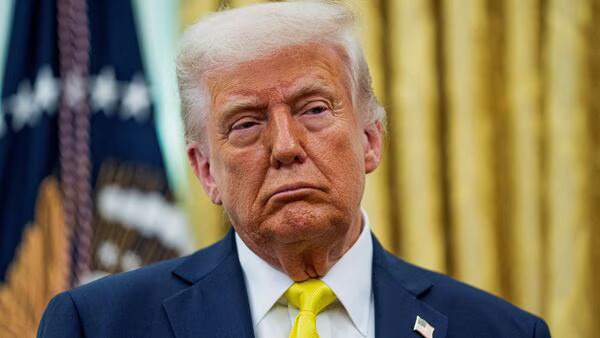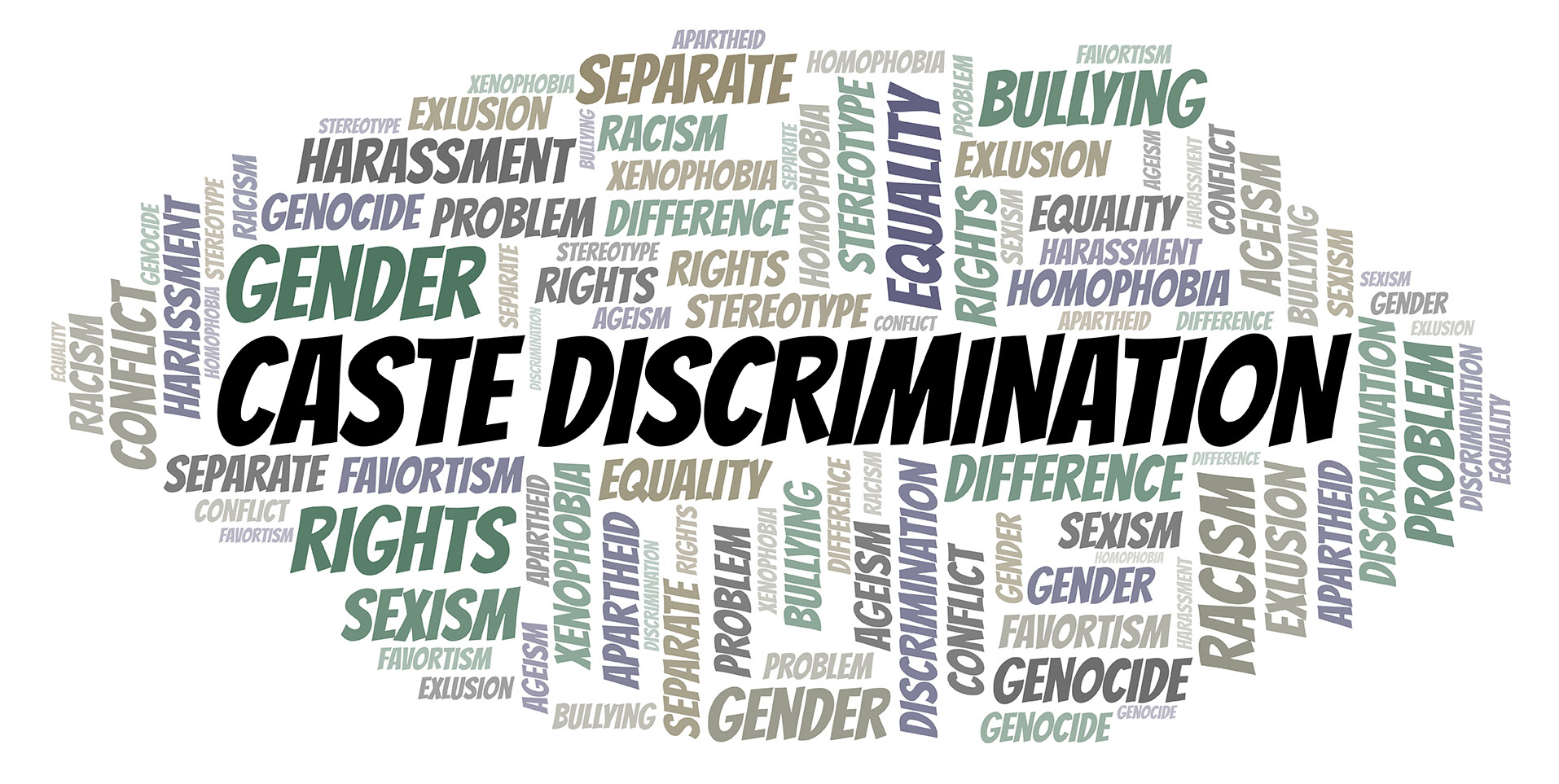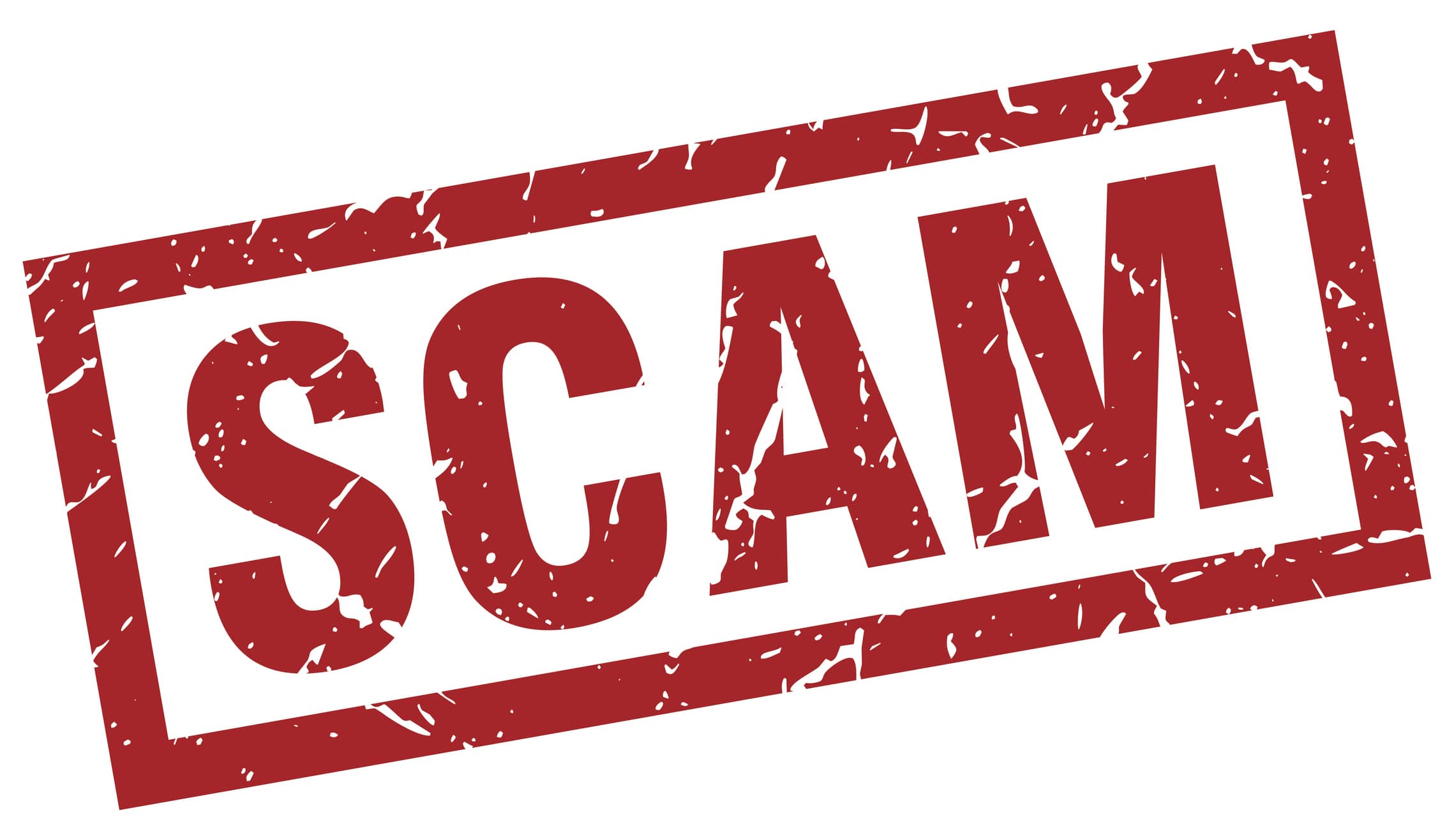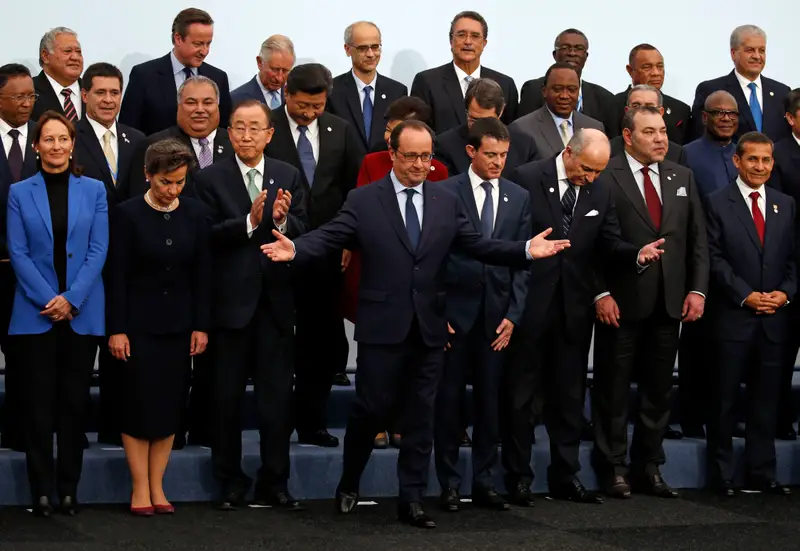Introduction
Few figures in modern history have stirred as much fascination, admiration, and debate as Donald Trump, the 45th and 47th President of the United States. From building a real estate empire in New York to reshaping American politics, Trump’s journey is a saga of ambition, resilience, and controversy. His leadership, marked by bold economic policies, immigration reforms, and a disruptive approach to governance, has redefined the global stage. In April 2025, as he nears his first 100 days in his second term, Trump remains a polarizing force, driving change amid challenges like trade wars and declining approval ratings.
Like Narendra Modi’s rise from a tea seller to global statesman, Trump’s story—from a brash entrepreneur to a transformative leader—inspires and divides. In this blog post, we explore Trump’s life, his business and political legacy, and his impact on America and the world. Whether you’re a business leader, policy enthusiast, or curious about global dynamics, Trump’s journey offers lessons in audacity and strategic vision.
Early Life and Business Beginnings
Donald John Trump was born on June 14, 1946, in Queens, New York, to a wealthy family. His father, Fred Trump, built a real estate empire, giving Donald a privileged start. Raised with a competitive spirit, Trump attended the Wharton School at the University of Pennsylvania, earning a degree in economics in 1968. He joined the family business, taking over in the 1970s and rebranding it as the Trump Organization.
Trump’s flair for branding and risk-taking propelled him to fame. He transformed Manhattan’s skyline with projects like Trump Tower, a symbol of luxury, and ventured into casinos, hotels, and golf courses. His business acumen made him a billionaire, but setbacks—like bankruptcies in the 1990s—tested his resilience. Trump’s media savvy, amplified by his reality TV show The Apprentice, turned him into a household name, blending business with celebrity.
Entry into Politics
Trump’s political journey began with a 2015 campaign for president, leveraging his outsider status and media prowess. Promising to “Make America Great Again,” he tapped into economic discontent and distrust of elites, winning the 2016 election against Hillary Clinton. His first term (2017–2021) focused on tax cuts, deregulation, and conservative judicial appointments, but it was also marked by controversies, including the Russia investigation and his 2020 election loss to Joe Biden.
Undeterred, Trump ran again in 2024, securing a second term starting January 20, 2025. His return, at age 78, showcased his enduring appeal, despite legal battles and polarizing rhetoric. As of April 2025, Trump’s second term is a whirlwind of policy shifts and global engagement, navigating a complex landscape.
Presidency and Leadership
Trump’s leadership style—direct, unorthodox, and media-driven—defines his presidency. His second term, nearing 100 days in April 2025, has seen bold moves:
Economic Policies: Trump’s tariffs, including a 20% levy on EU goods and 145% on Chinese imports, aim to reduce trade deficits but have sparked a global trade war, raising fears of economic slowdown. A 12-state lawsuit challenges his tariff authority, citing disruption.
Immigration Reforms: Aggressive deportation policies, including the controversial deportation of a 2-year-old U.S. citizen to Honduras, reflect Trump’s hardline stance. Polls show 46% approval on immigration, down from 50% in February 2025, with 53% disapproving.
Education and DEI: Trump’s executive orders target diversity, equity, and inclusion (DEI) programs, threatening school funding and sparking lawsuits from 19 states. Federal judges, including Trump appointees, have blocked some measures.
Foreign Policy: Trump’s April 2025 meeting with Ukraine’s Volodymyr Zelenskyy at Pope Francis’s funeral in the Vatican highlighted tensions over the Russia-Ukraine war. His Truth Social post suggested Putin may not want peace, a shift from earlier optimism.
Judicial Conflicts: The FBI’s arrest of Wisconsin judge Hannah Dugan for allegedly aiding an undocumented immigrant escalated tensions with the judiciary, with over 170 lawsuits filed against Trump’s executive orders.
Trump’s approval rating, at 42% in a New York Times/Siena poll, is the lowest for any president in 80 years at this stage, with 54% disapproving, reflecting public discontent over the economy (38% approval) and immigration.
Leadership Style and Philosophy
Trump’s leadership is bold and polarizing, blending showmanship with policy. He communicates directly via Truth Social and X, often bypassing traditional media. His April 2025 rebuke of Putin—“Vladimir, STOP!”—and push for a Ukraine-Russia ceasefire before his 100th day show his hands-on approach. His “America First” philosophy prioritizes domestic industry and security, but critics argue it isolates allies and fuels chaos, with 47% of Republicans calling his term “chaotic.”
Trump’s business mindset—emphasizing deals and loyalty—shapes his governance. He praises supporters like farmers impacted by immigration policies and aligns with figures like Elon Musk, seen at a White House event in March 2025. Yet, his focus on power consolidation, including firing probationary federal workers, raises concerns about overreach.
Key Achievements
Economic Growth (First Term): The 2017 Tax Cuts and Jobs Act spurred business investment, though benefits skewed toward the wealthy.
Foreign Policy Wins: Brokered the Abraham Accords, normalizing Israel-Arab ties, and took a hardline stance on China.
Judicial Legacy: Appointed three Supreme Court justices, shifting the court rightward.
Second Term Momentum: Secured trade talks with South Korea and China, aiming for deals by July 2025, and launched deep-sea mining initiatives to reduce reliance on Chinese minerals.
Challenges and Controversies
Trump’s career is rife with controversy:
Trade War Fallout: April 2025 polls show 56% disapproval on the economy, with consumer sentiment plummeting due to tariff-driven inflation fears.
Immigration Backlash: Policies like detaining international students and deporting citizens (e.g., Kilmar Abrego Garcia) have drawn lawsuits and public outcry, with a 9-0 Supreme Court ruling against him.
Judicial Tensions: The arrest of Judge Dugan and attacks on Democratic fundraising platform ActBlue highlight conflicts with legal and political institutions.
Approval Decline: Polls show growing skepticism, even among Republicans, with 36% calling his term “scary.” His 44% approval in April 2025 lags behind Biden’s 2021 rating.
Recent Developments (April 2025)
Vatican Meeting: Trump met Zelenskyy at Pope Francis’s funeral, expressing doubts about Putin’s peace intentions.
Trade War Dynamics: Wall Street rallied on hopes of U.S.-China de-escalation, but Trump tied lower tariffs to China’s concessions.
Immigration Crackdown: The FBI’s arrest of Judge Dugan and deportation controversies fueled legal battles, with Kash Patel defending actions on X.
Economic Moves: Trump’s attacks on Federal Reserve Chair Jerome Powell triggered market volatility, though stocks later recovered.
Health Claims: X posts claim Trump is in “excellent cognitive and physical health,” though these lack independent verification.
Why Donald Trump Matters
Trump’s journey from a real estate mogul to a transformative president echoes Modi’s rise—a story of defying odds and reshaping a nation. His policies, from tariffs to immigration, aim to prioritize American interests, but they spark fierce debate. In April 2025, as he navigates trade wars, judicial battles, and declining polls, Trump’s legacy is a work in progress, marked by bold vision and persistent controversy.
For our Leadership and Policy readers, Trump’s story offers lessons: embrace disruption, leverage media, and stay resilient. Whether you view him as a savior or a disruptor, Trump’s impact on business, policy, and global affairs is undeniable. As America charts its future, his leadership remains a lightning rod—one decision at a time.













Recent Comments
No comments yet.